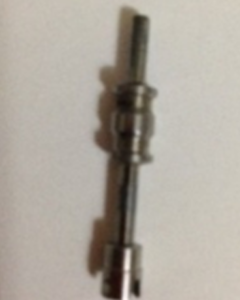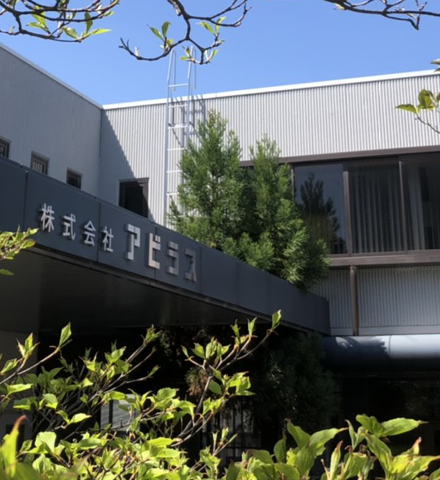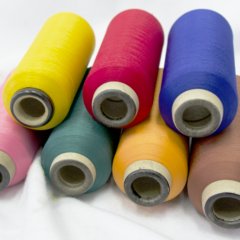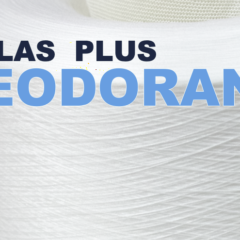1. Pretwisting of Yarn Raw Material

Pretwisting Process
Primarily used for long fibers, such as polyester and nylon, pretwisting involves applying heat to yarn that has undergone twisting, then continuously reversing the twisting process to impart bulkiness. This process results in a woolly texture and introduces stretch to the yarn. As the twisting is reversed after initially being introduced, the yarn ends up in an untwisted state, hence the term “pretwisting.”
Image during Pretwisting Process



Avilas Nylon Twisting Factory
There are two methods for the pretwisting process, and our company employs the spindle method (low-speed machine).
The differences in pretwisting methods are as follows:
1. Spindle Method Pretwisting Machine (Low-Speed Machine): Soft texture, excellent elasticity (stretchiness). Not suitable for mass production.
2. Friction Method Pretwisting Machine (High-Speed Machine): High productivity due to fast processing. Texture and elasticity are weaker than the spindle method.
While the friction-type pretwisting machine excels in productivity, it is not suitable for producing specialty pretwisted yarn with specific properties. With the spindle-type pretwisting machine, it becomes possible to produce specialty processed yarn with a soft texture and excellent stretch, such as stretch yarn.
Mechanism of the Pretwisting Process:

The yarn passes through this box, where heat is applied while twisting is added.
A rotating component called a pin (made of materials like sapphire glass) is used to wind the yarn. The pin is rotated at high speed, and the yarn, with added twist, passes through a heater at approximately 180 degrees Celsius. As the yarn passes through the pin, it undergoes reverse twisting, undoing the initial twist.
* Image of the pin (officially called spinner), which performs the “twisting” and “reverse twisting (undoing).”

This pretwisting process results in the yarn becoming soft and fluffy, creating bulkiness. This is known as the woolly processing (bulky processing).
Summary:

After the pretwisting process, the yarn undergoes doubling
Doubling of Pretwisted Yarn:
A doubling twister machine aligns two yarns (pretwisted double yarn) with S-twist and Z-twist directions, respectively.


Making Hank


The doubled yarn is passed through a hank machine for dyeing and winding processes.
Once the predetermined weight of the hank is reached, the machine stops, ensuring a weight error of ±5g for all Avilas yarns – 110/2, 70/2, 50/2, 30/2.
The hank undergoes humidity adjustment for several days using a humidifier, considering seasonal and weather conditions. During this time, the yarn, which is in an unstable state right after the pretwisting process, absorbs humidity gradually. This stabilizes the properties of woolly nylon, such as texture and elasticity. Each hank becomes a uniform quality hank.












